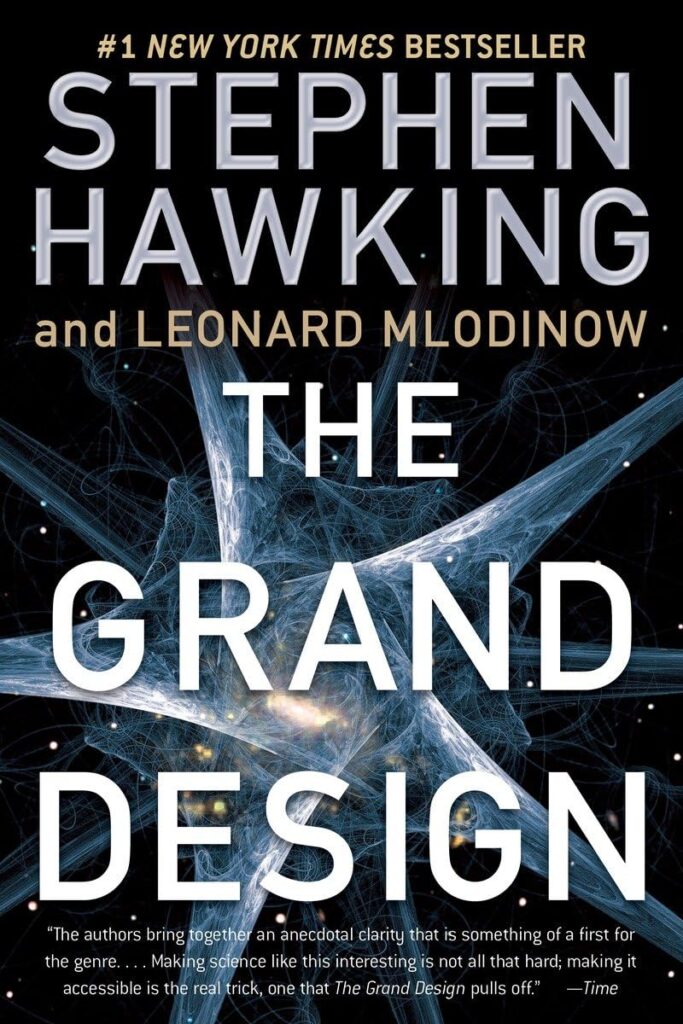The Quest to Understand Dark Matter: What Lies Beyond the Known Universe
Dark matter remains one of the greatest mysteries in the field of astrophysics. Despite decades of research and numerous experiments, scientists are still struggling to understand this elusive substance that makes up a significant portion of the universe. The quest to understand dark matter has led researchers to explore the furthest reaches of the cosmos, pushing the boundaries of our knowledge and understanding of the universe.
Dark matter is a hypothetical form of matter that does not emit, absorb, or reflect light, making it invisible and undetectable by traditional telescopes. However, its presence is inferred from its gravitational effects on visible matter, such as stars and galaxies. It is estimated that dark matter makes up about 27% of the universe, with normal matter (the stuff we can see and interact with) making up only about 5%. The rest of the universe is composed of dark energy, a mysterious force that is causing the universe to expand at an accelerating rate.
The existence of dark matter was first proposed in the 1930s by Swiss astronomer Fritz Zwicky, who noticed that the mass calculated from the motion of galaxies in the Coma Cluster was much greater than the visible mass. Since then, scientists have been trying to unravel the nature of dark matter through a variety of experiments and observations.
One of the most promising avenues of research in the quest to understand dark matter is through particle physics. Many theories suggest that dark matter is composed of exotic particles that interact very weakly with normal matter. These particles, known as WIMPs (Weakly Interacting Massive Particles), are thought to be the missing piece of the puzzle that can explain the gravitational effects of dark matter.
Numerous experiments have been conducted to detect these elusive particles, including the Large Underground Xenon (LUX) experiment and the Cryogenic Dark Matter Search (CDMS). So far, these experiments have not yielded any conclusive evidence of dark matter particles, leaving scientists searching for new ways to probe the mysteries of the universe.
In recent years, researchers have also turned to observational astronomy to study dark matter. By studying the distribution of dark matter in the universe, scientists hope to gain insight into its properties and behavior. The ongoing Dark Energy Survey, for example, is mapping the distribution of dark matter in the universe with unprecedented precision, providing valuable data for researchers to analyze.
As our understanding of dark matter continues to evolve, scientists are also exploring new avenues of research, such as the possibility of multiple types of dark matter or the existence of alternative theories of gravity that could explain the universe’s mysterious behavior. The quest to understand dark matter is a journey into the unknown, pushing the boundaries of our knowledge and challenging our understanding of the cosmos.
In the end, the quest to understand dark matter is not just a scientific endeavor but a philosophical one as well. By studying the mysteries of the universe, we are also exploring the nature of reality and our place in the cosmos. As we continue to unravel the secrets of dark matter, we are also taking one step closer to unlocking the mysteries of the universe and our place within it.













